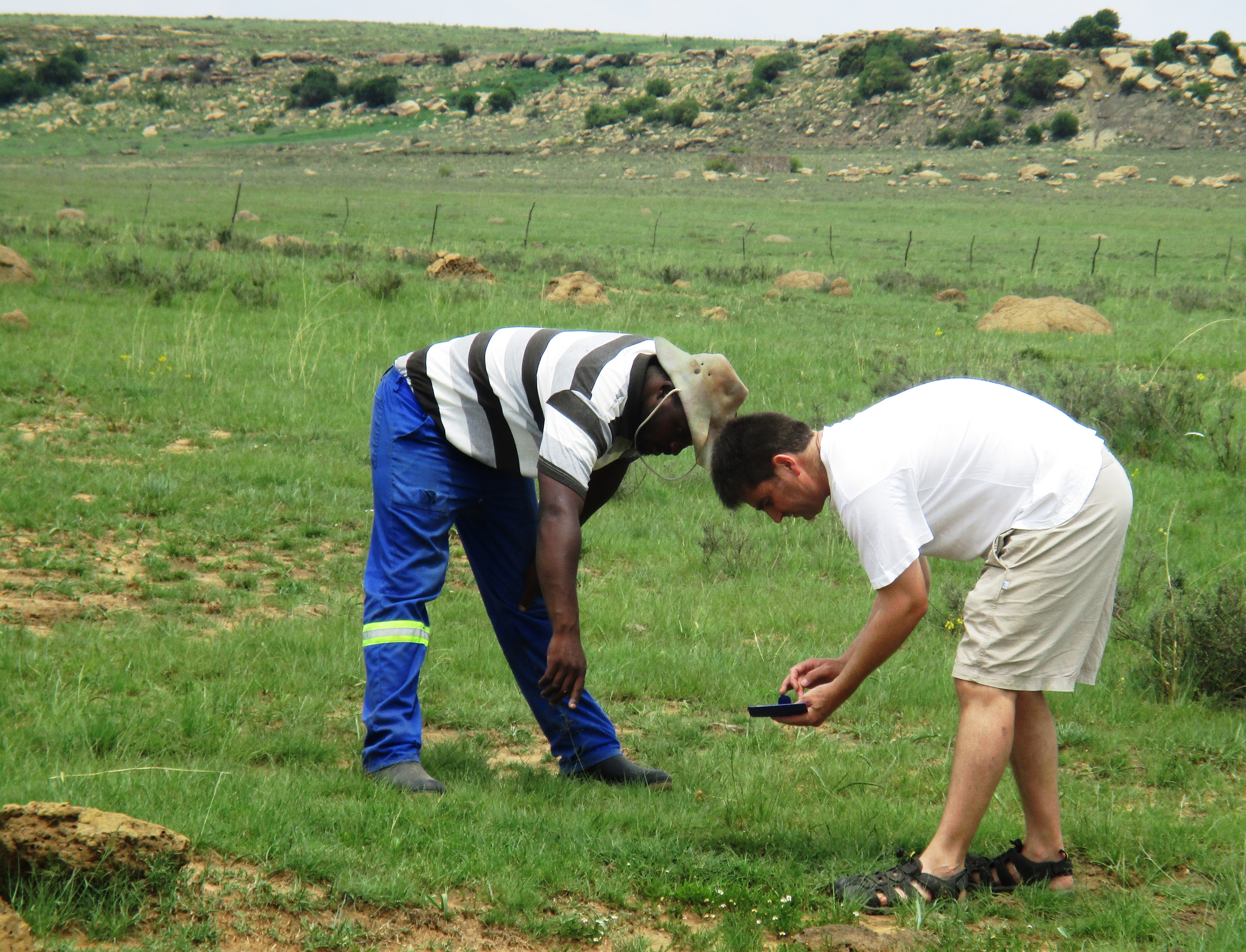An Overview Of Our Solution
- Population Impacted:
- Continent: Africa
Organization type
Population impacted
Size of agricultural area
Production quantity
People employed
Describe your solution
Describe your implementation
External connections
What is the environmental or ecological challenge you are targeting with your solution?
Describe the context in which you are operating
Our project is based in two of South Africa’s provinces. The Free State (129,825 km2, 2,817,900 people) supports more than 30,000 farms, produces over 70% of the country's grain and is known as the country’s breadbasket. Unemployment is estimated to be at 40% - a major concern. Mpumalanga (76,495 km2, 4,283,9002 people) has an estimated unemployment rate of around 26%. Mining and agriculture are the main economic activities here, with over 80% of the country’s coal deposits occurring within the province. These prime mineral deposits overlap with highly fertile Highveld grasslands which are important for agriculture, but also key for water-related ecosystem service delivery, as well as a valuable network of wetlands which perform ecosystem functions such as water purification and nutrient cycling. Our area hosts 3 of the 21 national strategic water source areas. These cumulatively cover 8% of the national surface area but provide more than 50% of our water resources.
How did you impact natural resource use and greenhouse gas emissions?
Language(s)
Social/Community
Water
Food Security/Nutrition
Economic/Sustainable Development
Climate
Sustainability
Stewardship facilitation (fuel, vehicles, subsistence) is generously funded by corporate donors for about 2 years. However, Stewardship is an excellent way to ensure the sustainability of conservation practices, i.e. on signing of protected area status into a farm’s title deed, farmers are committed to the management plan. There are also a number of financial incentives for landowners, including tax incentives and rate rebates. The challenge is how to provide post-proclamation support to farmers in the long-term, particularly as government funding for conservation is reduced each year. There are a number of initiatives being explored by various NGOs to introduce market-based mechanisms to support proclaimed lands and management practices.
Return on investment
Entrant Image

Entrant Banner Image

